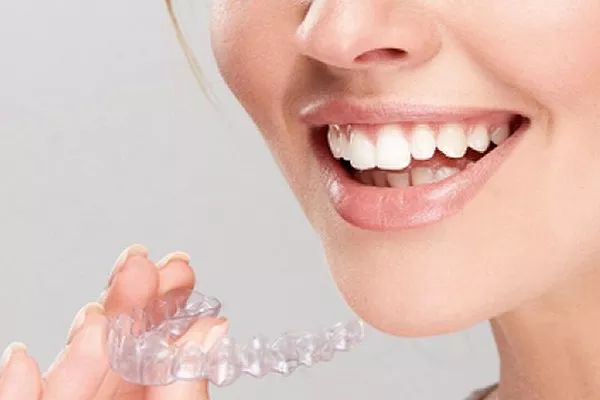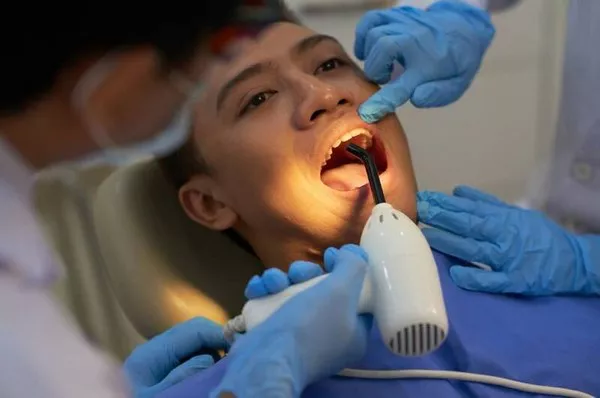Pregnancy is a miraculous journey filled with joy and anticipation, but it also brings about various changes in a woman’s body. One unexpected and often overlooked aspect is the occurrence of bleeding gums during pregnancy. This article aims to explore the underlying causes of this phenomenon and provide valuable insights into maintaining optimal oral health during this crucial period.
Hormonal Changes and Gingivitis:
During pregnancy, a surge in hormones, particularly estrogen and progesterone, can have a profound impact on oral health. These hormonal changes contribute to an increased blood flow to the gums, making them more sensitive and prone to inflammation. Gingivitis, characterized by redness, swelling, and bleeding gums, becomes a common occurrence.
1.1. Estrogen’s Role in Blood Flow: Estrogen plays a pivotal role in enhancing blood circulation, including the blood supply to the gums. As a result, even minor irritants like plaque can trigger bleeding, leading to heightened gingival sensitivity.
1.2. Progestin’s Influence on Gums: Progesterone, another key hormone during pregnancy, can exaggerate the body’s response to bacteria, making pregnant women more susceptible to gingivitis. Maintaining a strict oral hygiene routine becomes imperative to counteract these effects.
Increased Blood Volume and Gum Sensitivity:
Pregnancy brings about a significant increase in blood volume to support the developing fetus. While this is crucial for the overall well-being of both mother and baby, it can contribute to bleeding gums.
2.1. Dilution Effect: The increased blood volume can result in a dilution effect, making blood vessels in the gums more fragile and susceptible to bleeding. This phenomenon underscores the importance of proper nutrition during pregnancy to ensure the optimal balance of essential nutrients.
2.2. Gum Sensitivity and Blood Flow: The heightened blood flow to the gums, combined with increased sensitivity, creates an environment where even mild irritation can lead to bleeding. Regular dental check-ups become essential to monitor and address any emerging issues promptly.
Morning Sickness and Dental Hygiene Challenges:
Nausea and vomiting, commonly known as morning sickness, are frequent companions during the first trimester of pregnancy. While the primary concern is the impact on overall health, it can also affect oral hygiene and contribute to bleeding gums.
3.1. Acidic Environment: Vomiting introduces stomach acids into the oral cavity, creating an acidic environment that can erode tooth enamel and inflame the gums. Rinsing the mouth with water or a fluoride mouthwash after vomiting can help neutralize acids and mitigate potential damage.
3.2. Adapting Oral Care Routine: Pregnant women experiencing morning sickness may find it challenging to adhere to their regular oral care routine. Dentists often recommend switching to a mild, non-irritating toothpaste and a soft-bristled toothbrush to minimize gum irritation.
Nutritional Deficiencies and Oral Health:
Proper nutrition is crucial for both the mother and the developing baby, but inadequate intake of certain nutrients can contribute to bleeding gums.
4.1. Vitamin C Deficiency: Insufficient intake of vitamin C, essential for gum health, can lead to weakened blood vessels and increased vulnerability to bleeding. Including vitamin C-rich foods like citrus fruits and leafy greens in the diet is vital.
4.2. Calcium and Vitamin D: Adequate calcium and vitamin D intake is crucial for maintaining strong teeth and gums. Supplements may be recommended by healthcare providers to ensure optimal levels, especially if dietary sources are insufficient.
Conclusion:
In conclusion, bleeding gums during pregnancy can be attributed to a combination of hormonal changes, increased blood volume, morning sickness, and nutritional deficiencies. Understanding these factors empowers expectant mothers to take proactive measures in maintaining optimal oral health. Regular dental check-ups, a meticulous oral care routine, and a well-balanced diet are pivotal in ensuring a smooth and healthy pregnancy journey for both the mother and the baby. Remember, a radiant smile is not just a cosmetic asset but also a reflection of overall well-being during this transformative period.
Related Links:
What causes gum pain and swelling?
What does a gum graft look like while healing?
What is the first sign of gum disease?































